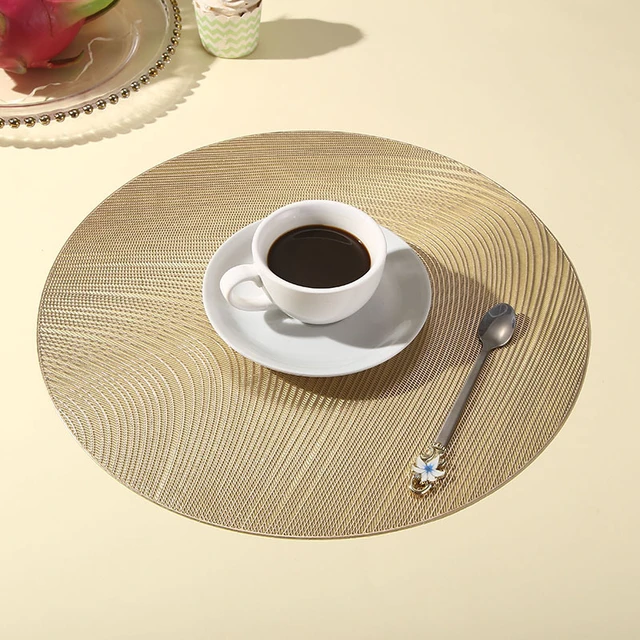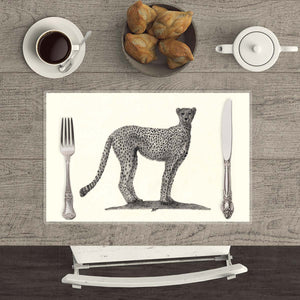Top News Sites Can Be Fun For Anyone
Unique Art Fundamentals Explained
Table of ContentsSome Ideas on Unique Art You Should KnowThe Basic Principles Of Unique Art The smart Trick of Unique Art That Nobody is DiscussingGetting My Unique Art To Work
While one may discuss which art kind holds precedence, the fact continues to be that each of these seven kinds supplies a special home window into human background, society, and evolution. They are the tapestries that chronicle our journey, reminding us of our past while inspiring visions for the future.Excellent art work tells a tale, makes people look twice, and produces an one-of-a-kind experience that can not be matched. Art and images communicate every one of that via color, form and other style aspects. Find out how to make your unique art work stand apart from the group.
3 Emil DervishIn this entryway by Emil Dervish that gorgeous cobalt blue door steals the show. To bring even extra dramatization, he expanded the paint. to the doorframe and the wall surface up, ending up in an arched form. The contours, in addition to a round sconce, soften the edges - Unique Art. After that structures vintage posters and maps of beloved locations established the scene.
8 TRIA GIOVANEqual parts grand and laidback, this foyer designed by Anthony Baratta is the ideal blueprint to adhere to if you're enhancing an official entry that still really feels unfussy and comfy. Formed textiles take facility stage (see the carpetings and the sofa), yet they also aid bring the high ceilings to a human scale when hung over wallpaper.
The 15-Second Trick For Unique Art
18 Heidi Caillier DesignA gallery wall surface doesn't need to use up the whole space. As a matter of fact, in some cases a small one can make a bigger style declaration. In this living space, Hiedi Caillier decided for micro-mini frameworks and an arbitrary structure. Promotion - Continue Reading Below19 Stephen Kent JohnsonDesigner Juan Carretero decided for a deep eco-friendly paint color to contrast with the light timber coatings.
, the expression of concepts and feelings, with the development of specific aesthetic top qualities, in a two-dimensional visual language. The aspects of this languageits shapes, lines, colours, tones, and texturesare made use of in different methods to produce feelings of quantity, space, motion, and light on a level surface area. These aspects are incorporated into meaningful patterns in order to stand for real or mythological sensations, to analyze a narrative motif, or to develop entirely abstract aesthetic relationships.
Later the notion of the "great musician" developed in Asia and Renaissance Europe. Noticeable painters were paid for the social condition of scholars and courtiers; they authorized their job, decided its style and often its subject and images, and developed an extra personalif not constantly amicablerelationship with their customers. Throughout the 19th century painters in Western societies began to shed their social placement and like this safe patronage.
Get This Report on Unique Art
Others earned an income with exploring events of their work. The need to attract a market had replaced the comparable (if much less impersonal) needs of patronage, and its impact on the art itself was most likely similar also. Unique Art. Usually, artists in the 20th century could get to a target market just via business galleries and public museums, although their job might have been sometimes duplicated in art periodicals
It is the sense of certainty in this formal organization that provides a great paint its self-sufficiency and presence. The colours and placement of the principal photos in a style may be in some cases largely determined by representational and symbolic factors to consider. Yet it is the official interplay of colours and shapes that alone can connecting a specific state of mind, creating optical feelings of room, volume, activity, and light and creating forces of both harmony and tension, even when a paint's narrative significance is rare.
Don't copy the style of other musicians if you're searching for your design. Duplicating other individuals's art work can be terrific in academic objectives but it will not make you closer to finding your very own unique design. Your artistic style needs to be, what you such as and what inspires you.

The Single Strategy To Use For Unique Art
You need to try great deals of various choices and check out everything prior to you can concentrate on one specific design or you'll be bored, or even worse, you'll dislike your own style. I suggest you to attempt every single topic that you're interested in, explore as much as you can. Try various mediums that thrill you and new strategies you have actually never attempted before.
With time you'll be able to arrange every one of them into your favorite and least favorite categories. Try to focus your interest on the topics and mediums that you like and prior to you see it coming you'll have your own individual and special design, like no person else have! In the end you'll have a couple of favorite topics to repaint and perhaps a couple of favored tools.
